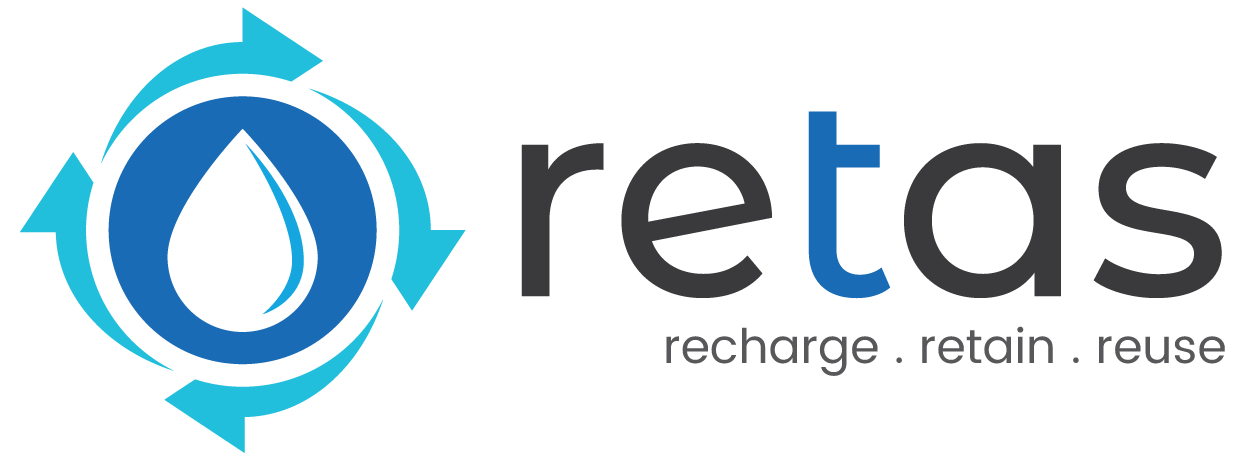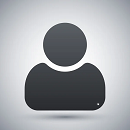Rainwater Harvesting System In Bihar
Over 40 Rivers Have No Water in Bihar & Others Are Drying Over the past two years, the groundwater levels have decreased, and water quality is deteriorating in some districts in Bihar. This situation is creating trouble for state authorities and making them incapable of meeting the water demands. Moreover, the dipping groundwater levels negatively impact the state’s economic growth. Therefore, we need to save our water resources and think about effective solutions to tackle the situation smartly.
Rainwater Harvesting: A Sustainable Solution to Water Crisis
A deep assessment of water scarcity in different cities of Bihar unfolds the effectiveness of rainwater harvesting to manage the water demands in the current scenario. This eco-friendly practice not only conserves water but also reduces the strain on existing water sources.
We, Retas Water Solutions, make rainwater harvesting a more sustainable and cost-effective solution by offering our expert assistance. We believe that preserving water resources allows us to save our water and address the consequences of climate change effectively.
Rainwater Harvesting (RWH) is an effective solution to collect, store, and distribute rainwater for multiple purposes. It allows us to capture rainwater when it rains and use it afterwards. It will also recharge the groundwater and increase its level.

Inspection
When it comes to installing rainwater harvesting, site inspection is a must. Our team of experts conduct thorough inspections to get the information before preparing the roadmap. We work with proper planning and strategy.
Installation
Based on discussion and data, our team can build the plan. At Retas, we design as well as manufacture tanks and prepare modular rainwater harvesting systems. We designed the system with advanced technology and the right materials.
Maintenance
We thoroughly inspect the system regularly to maintain its functionality. We inspect the system and pipelines to ensure the effectiveness of rainwater harvesting. Through regular inspection, we can avoid damages.

What Do We Do At Retas?
Water Auditing
We conduct a thorough inspection of the site in order to check the water quality and consumption trends. Based on the inspection, we offer more accurate and tailored solutions to build a more effective system.
Consultation
At Retas, you always find constant support that will rectify all your problems related to rainwater harvesting. Our expert consultations will help you to make informed decisions for installing the system.
Implementation
System installation is all about the execution of your ideas and planning with precision. Implementation of the system at the right location in the most appropriate manner requires accurate planning.
Restoration
When you inspect and maintain the system properly, its functionality will increase. If there is any damage in your system, connect with our team and discuss your concerns to restore its practicality.
FAQ's
-
01What is the traditional method of water storage in Bihar?
In South Bihar, the Ahar Pyne or Ahar-Pyne method is used. It was a traditional agricultural system practised by people to manage water resources using channels and retention ponds.
-
02What is the process of rooftop rainwater harvesting?
During the rooftop rainwater harvesting process, your roof acts as the catchment where the rainwater will be collected. Afterwards, the water will either be stored in a tank or diverted to the artificial recharge system.
-
03Why should I implement rainwater harvesting?
You must know that rainwater is the ultimate source of freshwater. Using the natural resources of water helpful to manage water scarcity. By implementing a rainwater harvesting system, you can store water to meet your water demands even when you have a water shortage.
-
04Where can RWH be implemented?
RWH can be implemented in apartments, homes, societies, institutions, schools, commercial premises, and any other space. If you have open space to collect rainwater or roof.
-
05What are the basic components of an RWH?
There are three predominant components of an RWH that include catchment areas, storage units, and conveyance mechanisms. You need components to collect, store, and transport the rainwater for implementing a rainwater harvesting system in your area.



